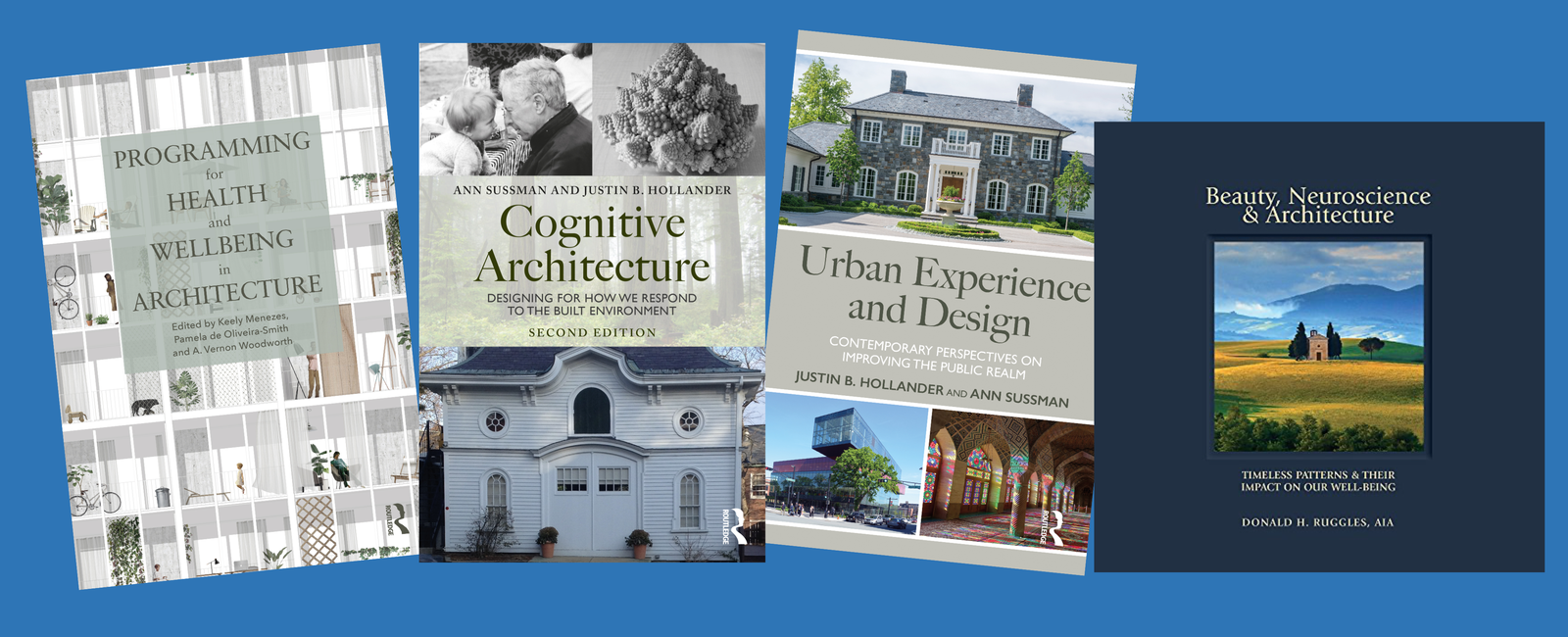
theHapi.org
Videos + Media
Built Beautiful
For centuries, humans have sought to express beauty in architecture and art, but it is only recently that neuroscience is helping to determine how and why beauty plays an important role in our wellbeing.
Modern Architecture: A Direct Expression of Trauma of WW1 Trench
The missing link in the story we tell of how modern architecture came to be, is how trauma changes the brain, distorts a survivor’s perception of ‘reality’, and can manifest itself in every design move a survivor makes decades later without their awareness or conscious control. We can now explain a key reason why ‘modern’ architecture looked so different from that of the past – it represents a direct expression of the horror of the trench warfare that preceded it. An effective way of ‘seeing’ this is by looking at the house built by a ‘founding father’ of modern architecture, none other than Walter Gropius, (1883-1969), the founder of the Bauhaus, himself.
Sudbury 2050
The HAPI's entry for the Sudbury 2050 — Urban Design Ideas competition. Using biometrics to better understand human needs.
Sensing-Streetscapes Boston
The Sensing-Streetscapes Study used mobile eye-tracking glasses to better understand the human experience of the built environment; the study reveals how stimuli enter the human brain and body subliminally directing our experience without our conscious awareness. The study was done in collaboration and with the support of the Amsterdam University of Applied Sciences.
Looking at Cars + People on City Streets
With eye tracking we can ‘see’ how humans actually take in the world. This eye-tracking video gives an inside view of our remarkable subliminal activity, including what’s really going on when we do something
seemingly simple, like walking down a city street…revealing there’s much more going on in our bodies and brains than most realize.
More info: Seeing How Cars + People Grab Us
YouTube
To see our latest videos, follow theHapi Channel on YouTube.
Books
- Keely Menezes, Pamela de Oliveria-Smith & A. Vernon Woodworth - Programming for Health and Wellbeing in Architecture
(Routledge) - Ann Sussman & Justin Hollander - Cognitive Architecture, Designing for How We Respond to the Built Environment, 2nd Edition
(Amazon) (Routledge) - Justin Hollander & Ann Sussman - Urban Experience and Design, Contemporary Perspectives on Improving the Public Realm
(Routledge) - Don Ruggles - Beauty, Neuroscience, and Architecture: Timeless Patterns and Their Impact on Our Well-Being
(Amazon)
